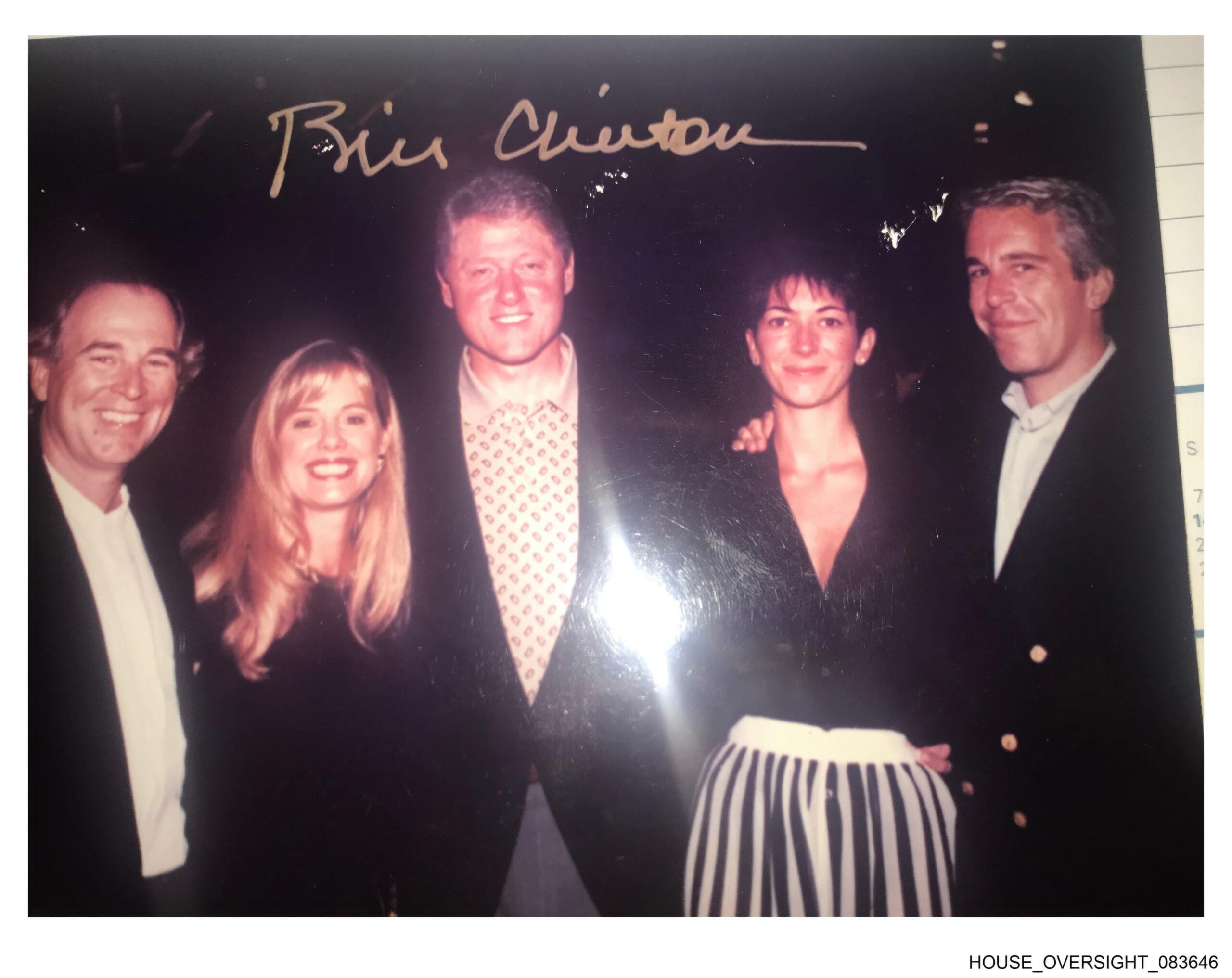
NO: Two little letters with big meaning when used correctly. The word “no” has the power to prevent burnout by helping us draw boundaries and set priorities in our personal and professional lives. Saying “no” allows us more time to say “yes” to what matters most to us so our schedules better reflect our values.
Arivee Vargas, a certified executive coach in the Boston area, works with women on burnout prevention and uses the word “no” to do so. She speaks from a place of experience.
“Burnout isn’t just ‘I had a stressful week.’ It’s a chronic stressful period, meaning it is a long period of time. You become ineffective. You become nonfunctional,” she says. “It was a very dark time for me because it was coupled with depression and anxiety. I would say I’d been through depressive episodes before, like postpartum… but nothing as dark, as bad as burnout.”
Though she had some potential support, such as parents who lived nearby as she navigated work and parenthood, she says she wasn’t one to reach out.
“I was so intent on ‘I can do this. I am strong. I will figure this out. Like, get it together.’ I was trying to push through,” she says.
Now, she teaches others how to do the opposite using the tools she learned along the way.
If ‘no’ is too much, try ‘not yet’
Do you answer emails from others that feel urgent just minutes after you receive them, even if it’s late at night? Vargas wants you to reconsider the meaning of urgency and explore not answering right away.
“Things are not urgent. What we do is think nonurgent is urgent, and we respond too quickly,” she says. “[In burnout], you don’t recognize the capacity that you actually don’t have. You have to practice pause.”
In most businesses, a response time of 24 to 48 hours is acceptable, with some exceptions, so use that time to your advantage.
Boundaries aren’t about controlling someone else’s behavior but instead about controlling how you respond, Vargas explains. In this case, drawing the boundary of not answering an email you receive at 8 p.m. is more effective than trying to control when someone emails you. Saying nothing is communication too, she adds.
A side benefit of practicing pause? Sometimes issues work themselves out in the time you didn’t answer, ultimately creating less work for you.
Say ‘no’ to scheduling over your personal time
If you receive a request for a meeting that will take place during your gym time, lunch break or vacation, it’s time to pull out that little two-letter word and say, “no.” Vargas wants clients to prioritize time for themselves, whatever that looks like.
“You need personal focus time every single day. I don’t care how long it is. It needs to be something that’s just for you, that’s protected. You don’t let anyone schedule over it,” she says. “This is for your well-being. This will make you show up better for yourself. It’s fundamental to you and your life.”
Make sure the ‘yeses’ on your calendar reflect your real priorities
Think about that parent who always misses recitals and games for work, even events that have long been on the calendar. Do they have their “priorities straight?” Calendars reflect values, Vargas explains. If you open your calendar app right now, will it show that your commitments reflect your values?
Pay attention to that missed commitment that’s been bothering you to find out what you really care about, Vargas adds.
“If something is really upsetting you or really frustrating for you, it’s a sign that’s triggering you because it’s violating a core value that you have,” she says.
Determine your ‘ruthless priorities’
It might be your family. It might be your fitness. It might be your work. It might be retiring at 45 to spend your next 40 years rock climbing around the world. Whatever it is, protect it fiercely, Vargas says. The word “no” has the power to protect what Vargas calls “ruthless priorities.”
“You’re setting a limit that’s based on some guideline you have. You’re trying to protect something, like your energy or your time. Maybe it’s your productivity at work, like getting stuff done, trying to protect that time to do that. But it has to be based on something that you really believe in, that you’re really convicted in,” she says. “If you don’t believe in it, and you’re not convicted in it, you’re gonna fold every time someone tries to encroach on it. You have to know your nonnegotiables, which are rooted in your priorities.”
Learn—and practice—how to actually use the word ‘no’
If you haven’t flexed your “no” muscles in a while, you might need a refresher. Here are some ways to use the word in your personal and professional life:
- “Thanks so much for asking me to help. I appreciate the opportunity. However, I have to pass this time, as I’m too swamped this week. Looking forward to helping you next time.”
- “Unfortunately, I’m not available for/on X. How about X, X or X, instead?”
- “Can’t make it this time. Looking forward to the next one!”
- “No, I’m not comfortable with that. But how about [alternative offer]?”
- “Now isn’t a good time for me.”
- “No, thank you.”
Use your judgment on timing (don’t wait until the last minute to decline an offer), as well as on tone (you might not speak to your boss the same way you speak to your coworker). But ultimately, integrating the word “no” into your regular vocabulary will steer you toward a schedule full of the “yeses” you want to prioritize.
Image by Andrii Iemelianenko/Shutterstock
This article originally appeared in the November issue of SUCCESS+ digital magazine.




